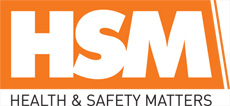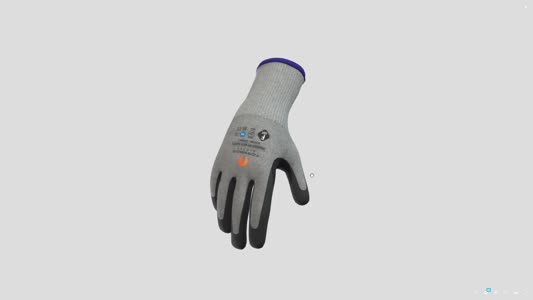
 |
Mark Sennett
Managing Editor |
 |
Kelly Rose
Editor |
| Home> | Health & Wellbeing | >General Health & Wellbeing | >Occupational hazards - April 2020 |
Occupational hazards - April 2020
17 March 2020
Tim Eldridge discusses the vital role OSH professionals play in maintaining business continuity and communicating messages to workforces.

BEING ABLE to provide credible and consistent advice and communicate effectively and openly with employees within an organisation are important competencies for OSH professionals to possess. This is particularly the case during times of uncertainty and radical change where employees look to advisors, managers and business leaders to provide security and clarity of information.
This has been reflected in the global coronavirus (COVID-19) outbreak, which has shown the importance of organisations around the world forward-planning and engaging in open and informative discussions with their workforces in order to mitigate further spreading of the disease and disruption to business processes.
During events like these and other communicable disease outbreaks, where employees may feel anxious or uneasy, letting them know that you have strong controls and contingency plans in place is important in allaying some of their concerns and maintaining business continuity.
Employers have a vital role to play in preventing the spread of the coronavirus and similar contagions by taking sensible action, such as ensuring that workers have access to appropriate hygiene facilities including hot water, soap and bins to get rid of used tissues.
Many of these are simple steps, and of course ones they should have in place regardless of the current situation, but they require preparation and planning to implement. Being able to make informed decisions and advise a business on how to respond to crises is a significant part of the safety and health professional’s role.
There are many things an organisation should consider when responding to communicable diseases and taking proportionate, preventative measures. This includes being clear to workers who feel unwell that they should not be coming into the workplace; exploring how your organisation will continue to function if workers, contractors and suppliers cannot come to your place of business; developing plans for different working shifts so that staff overlap is kept at a minimum; implementing split site or location operations where feasible; and finding ways of planning and modifying processes in the event that large portions of the workforce are absent for a period of time.
In organisations where workers frequently travel, it is important to take precautions when managing traveller health, safety and wellbeing. This can include restricting travel to only when it is business critical; ensuring workers who are travelling are always contactable, and that their whereabouts are always known; providing support for their health and wellbeing; and potentially delaying visits or events if the risk is deemed too great.
The success of all of this lies in good and open communication. Involve your workers in the discussion, seek their views and include them in planning and preparations. Think about their health, safety and wellbeing, and ensure you let them know that if they require support, there are clear options available to them. Make sure conversations are two-way, and that you are listening to the concerns of employees.
Having clear plans and mitigating actions in place can help to create a sense of ease and trust within a workforce.
COVID-19 has made an impact across the globe, and organisations now more than ever must listen to the knowledge and expertise of OSH professionals. By demonstrating professional integrity, empathy and transparency alongside the ability to provide the right advice at the right time in extreme situations, we can all make a positive influence within the workplace and demonstrate our true worth.
IOSH resources and guidance on the coronavirus is available here: www.iosh.com/resources-and-research/our-resources/communicable-diseases/coronavirus/
Read more about IOSH’s competency framework here: www.iosh.com/competencyframework
Tim Eldridge is IOSH vice-president. For more information, visit www.iosh.com
- IOSH project enhances submariner safety
- Occupational hazards - March 24
- Government urged to protect workers health and safety in uncertain times
- 'Healthy work embedded in new UK Industrial Strategy,' IOSH says
- Occupational hazards - September 19
- Occupational hazards
- “We must ensure there is never another Rana Plaza”
- Poor work-life balance sees one in three UK relationships suffer
- New guidance to help bosses better protect their workforces
- IOSH 2019: the conference you can’t afford to miss
- BSIF: Covid-19 Update
- Dust tight
- SAFEContractor for 5th year
- BSC welcomes proposals to slash legal costs in personal injury claims
- Get some insight
- Asbestos remains number one killer
- Chemical exposure course goes more than skin deep
- Getting workers involved in safety
- Dual drug testing
- On-site health screening























